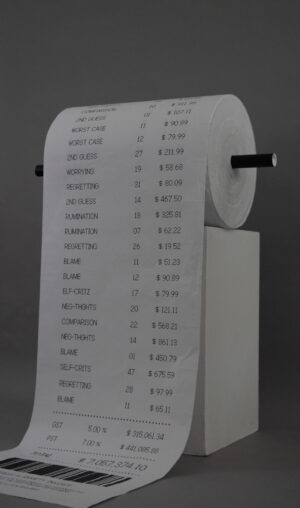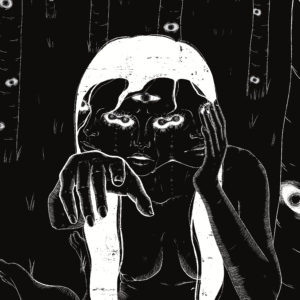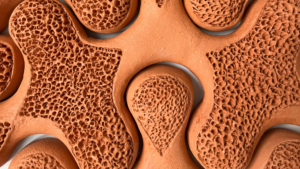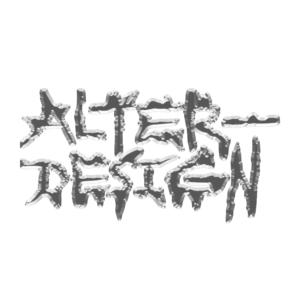The Forgotten Coast
Leila Berg
Award Recipient
ECU Graduation Awards for Anti-Racism and Social Justice – Design – Honourable Mention
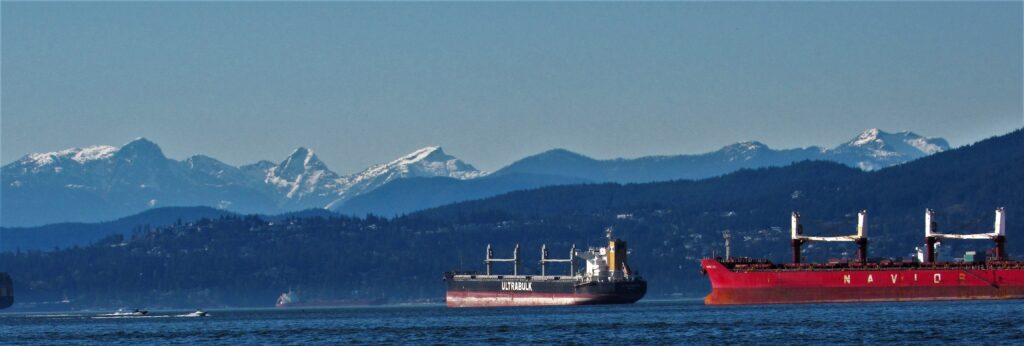
The Forgotten Coast is a series of explorations that take place within the Coast Salish shores, on the unceded lands of the hən̓q̓əmin̓əm̓ and Sḵwx̱wú7mesh speaking peoples, the xʷməθkʷəy̓əm (Musqueam), Sḵwx̱wú7mesh (Squamish), and səlilwətaɬ (Tsleil-Waututh) Nations.

The Forgotten Coast is an expansive project that is based in a section of the Vancouver coastline. This project delves into the disparities of the unseen environmental impacts of marine life and the intersections we share with the Ocean & the Land.
I have been working to create a series of artifacts and workshops to illuminate the intricacies within our natural spaces. My explorations have worked to examine how interaction with the coastline benefits people and communities, but also the damage caused when these interactions are irresponsible and human centric.
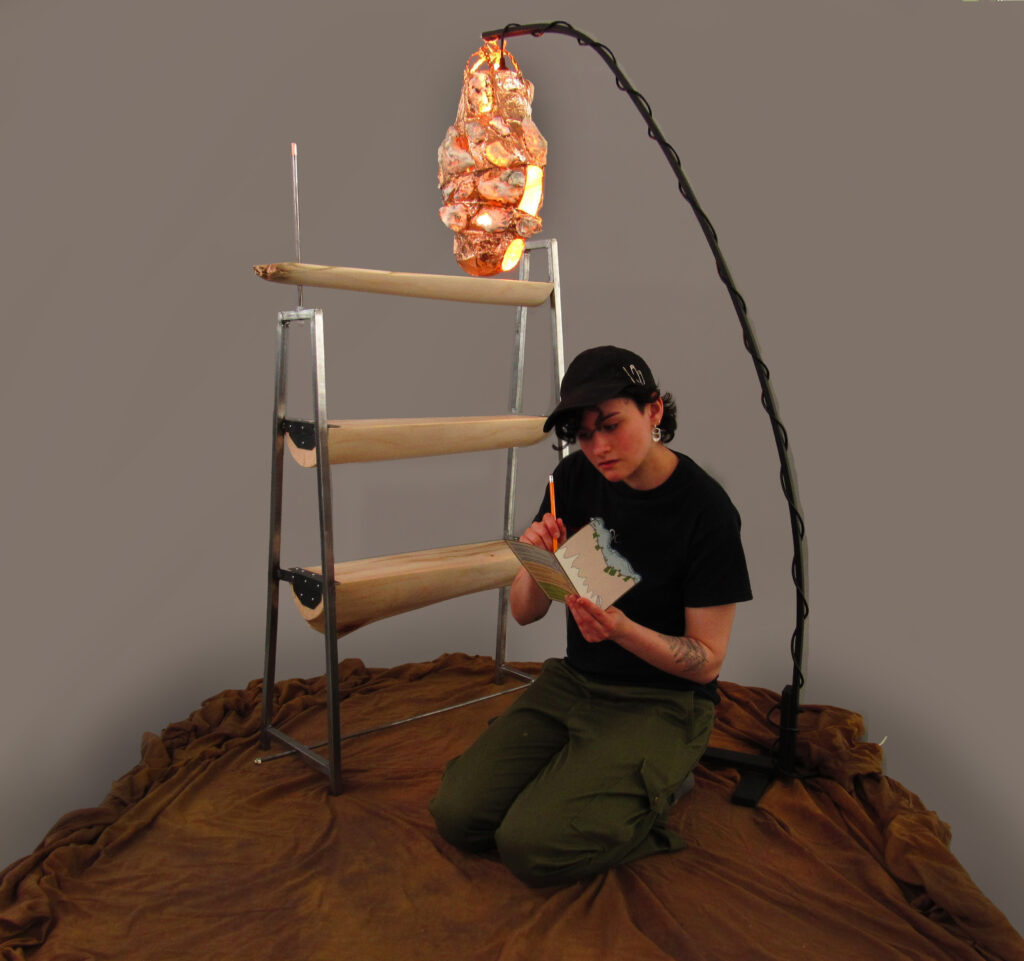
My research has led me to investigate the ways humans have interacted with coastal regions throughout history, and how that has changed moving into the present day. My workshops have brought people to experience space in a non-human centric way. By sharing stories of the Coast, drawing attention to details of the impacts of human life, and marveling in the beauty of the hidden wonders.
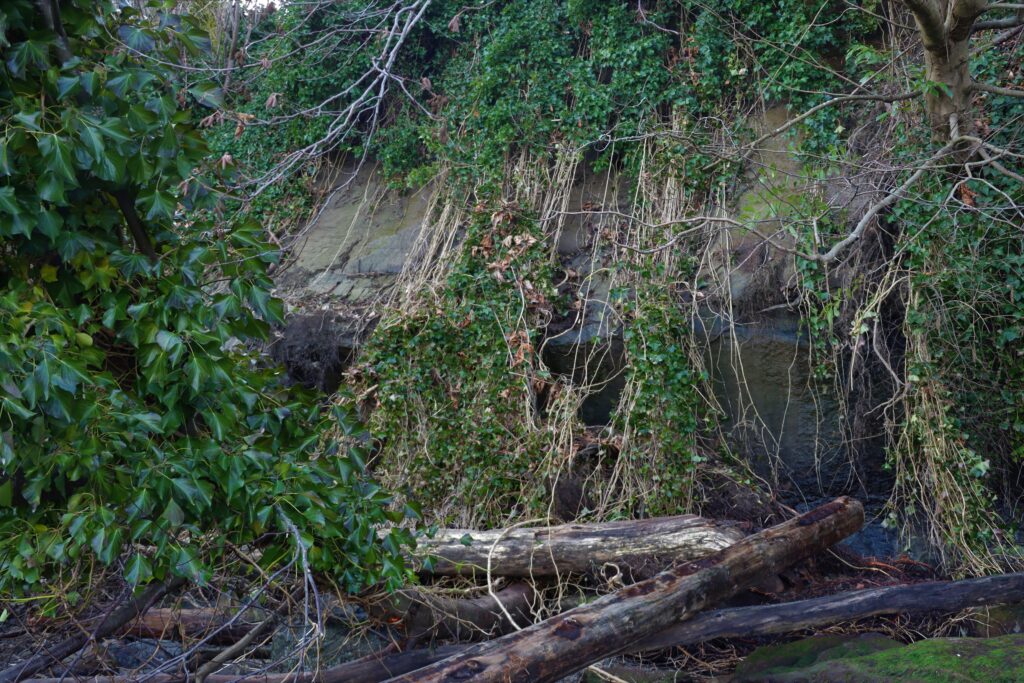
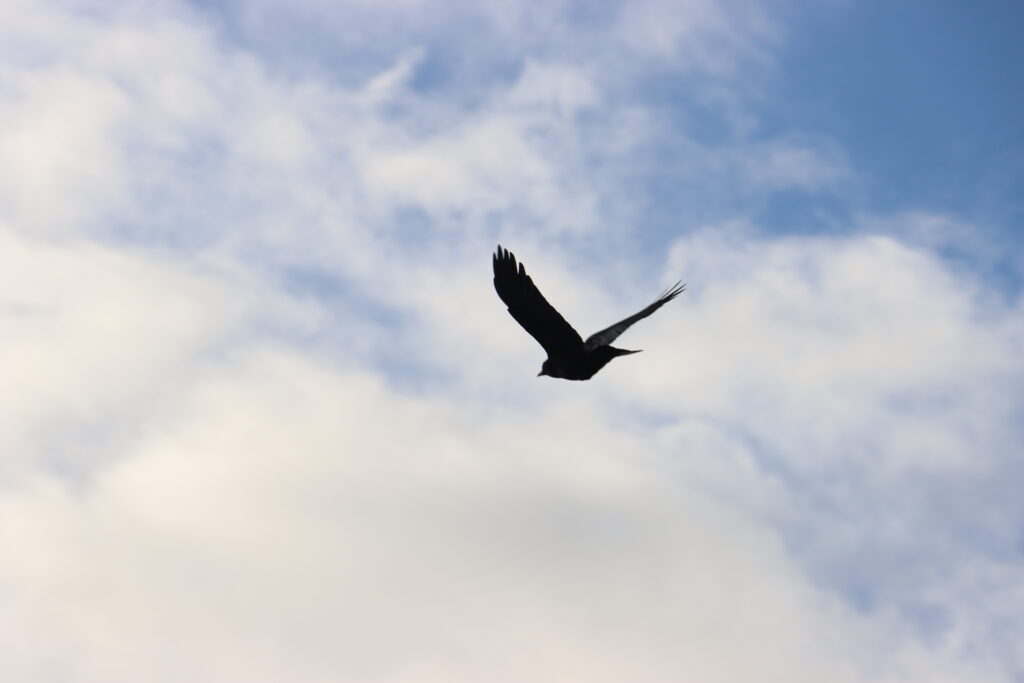

My work strives to bring Indigenous knowledge to a forefront within my design practices. Learning from the land and its beings, through observation and compassion. Where we were once caretakers of the land, humans have neglected our shared space and home. The Forgotten Coast works to create space and foster experience in learning through lost and found practices. Through workshops, where I invite people to join me in co-creating with natural spaces, while cultivating conversation around the environmental impacts of humans. Sharing access to found and accumulated knowledge, by bringing people to experience the Coast.
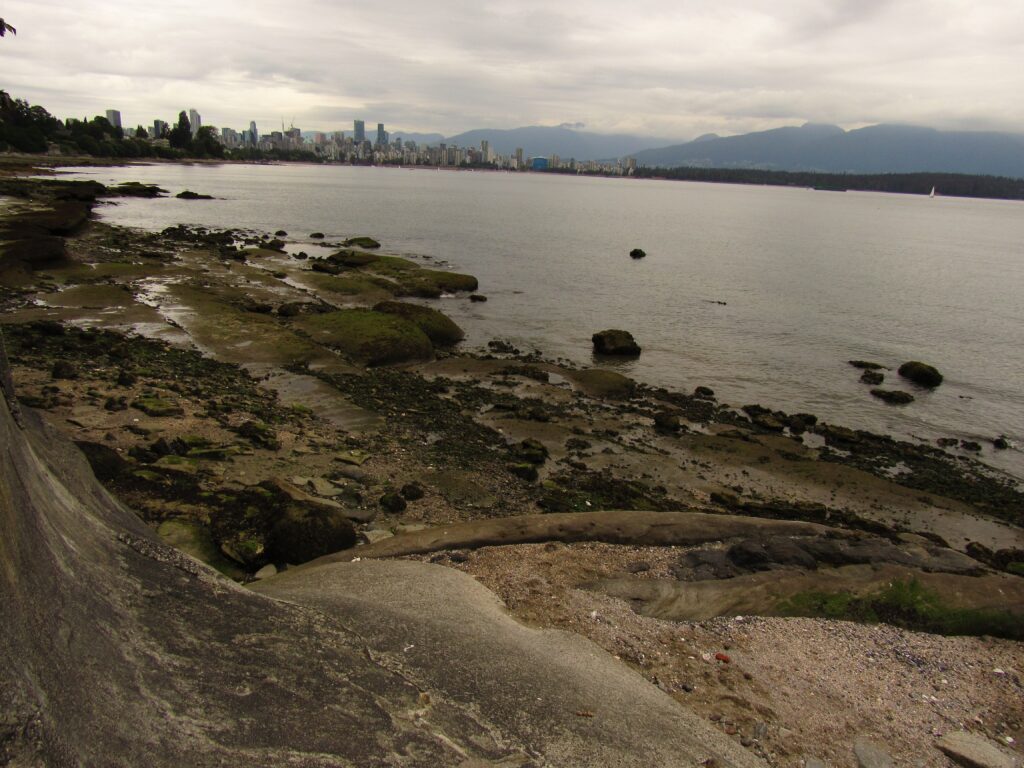
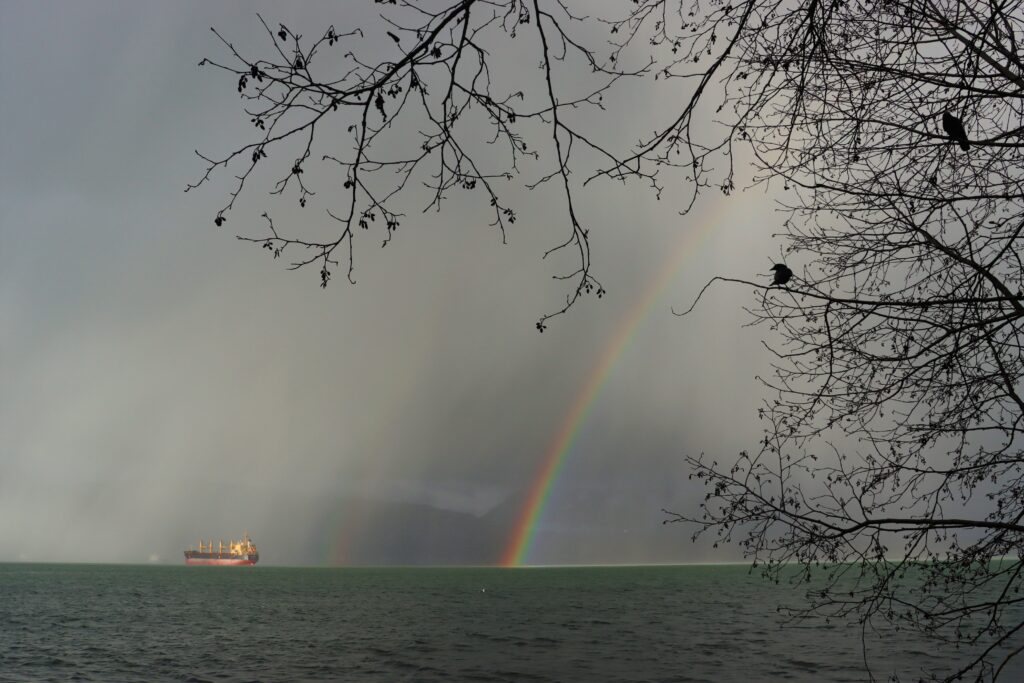
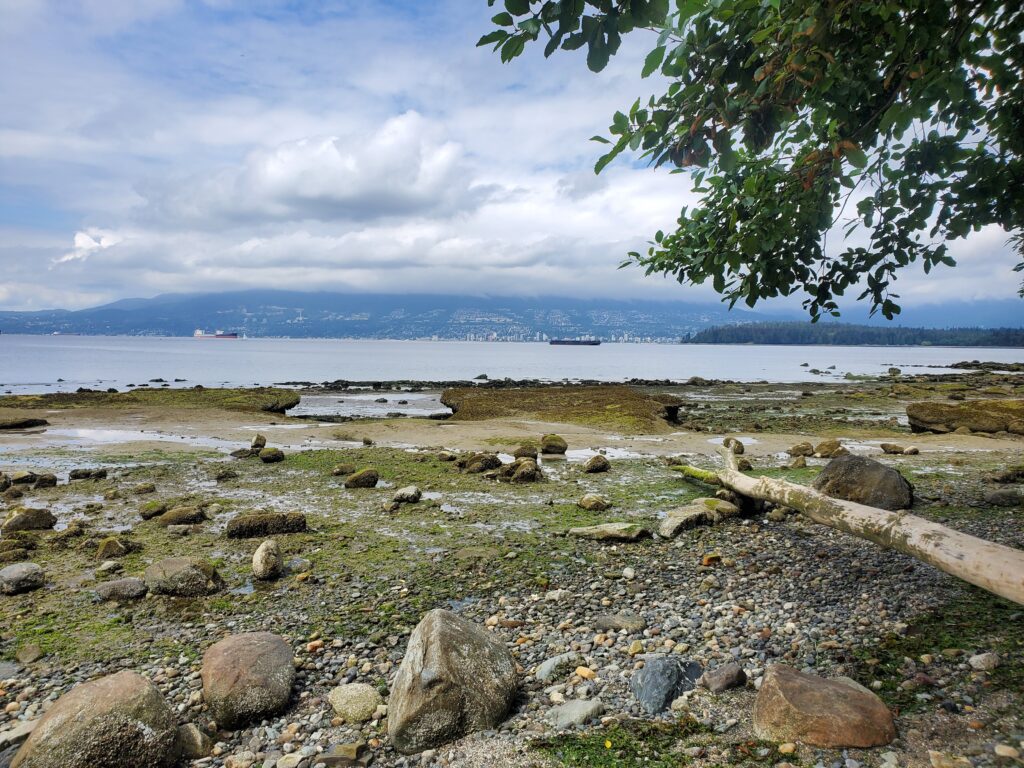
Drift
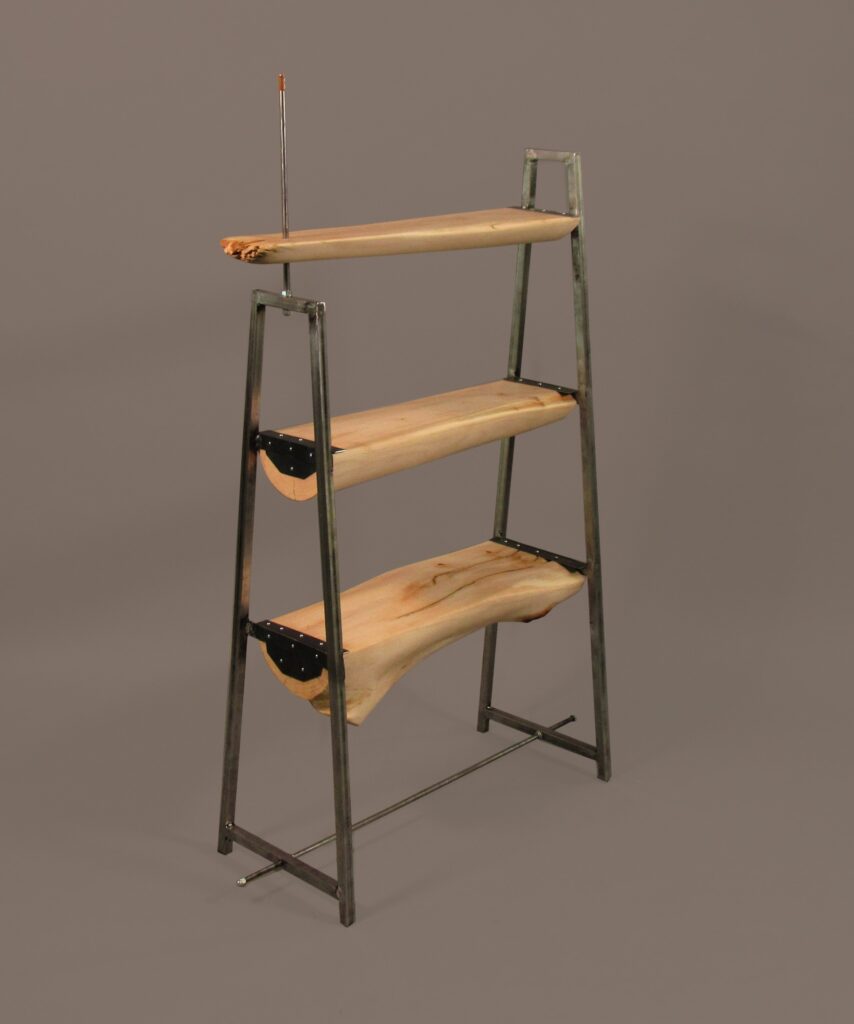
- Made from reclaimed wood, Drift is a three tiered shelf that aims to critique the interactions humans have with trees.
- Sourced from a felled tree located along one of the Coast’s many parks. Drift was transported from the beach on two skate boards, a bunch of rope, and determination.
- This previously 8ft piece of wood was sawed into three sections for easier transportability. Once in the wood shop I was able to debark, carve, and sand this piece to reveal the beauty within this once living being.
- The combination of traditional hand processed wood and the industrial nature of metal not only speaks to the marine logging transportation but also the trees that fall to the shores due to coastal erosion from increased ocean activity.
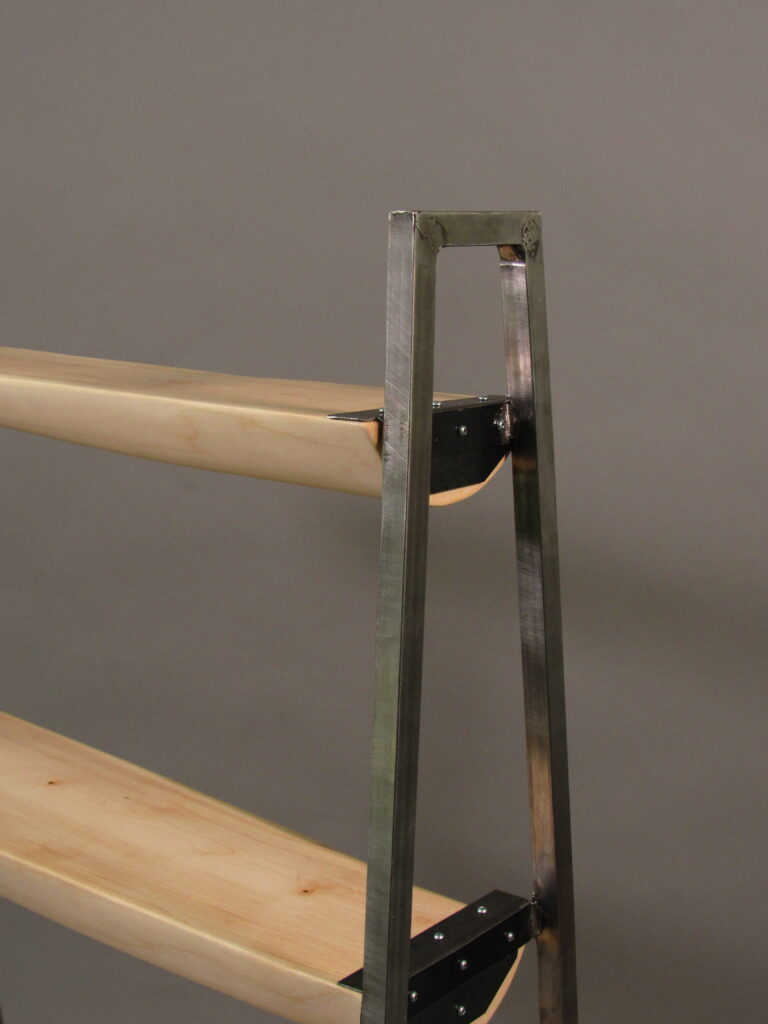
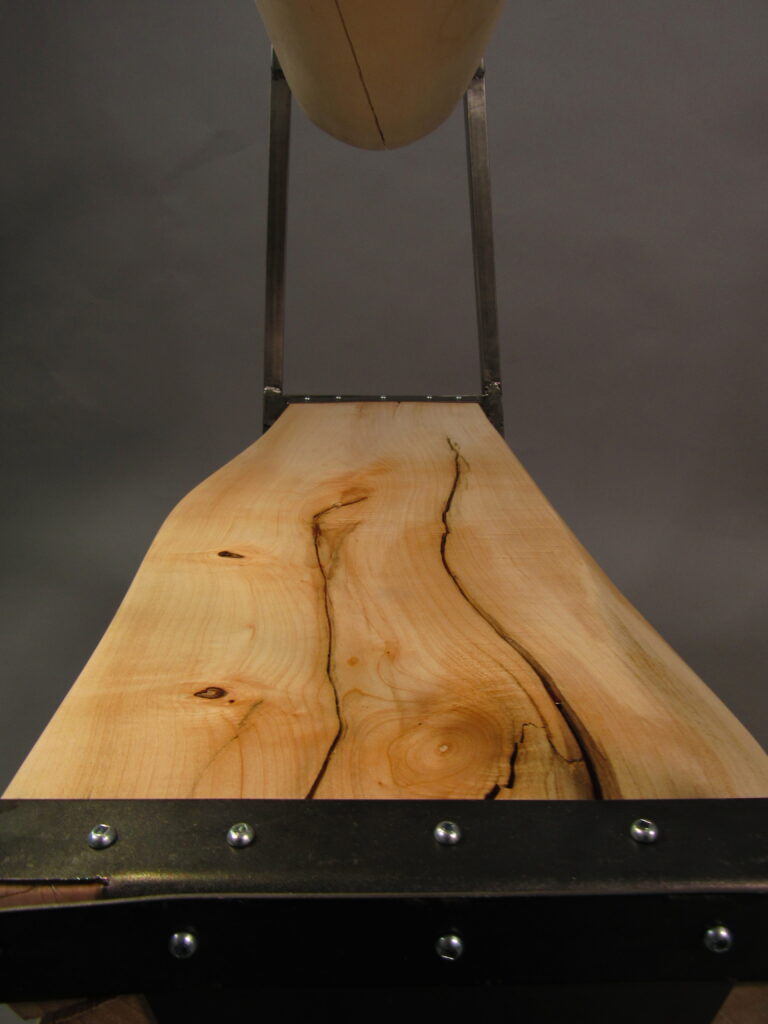
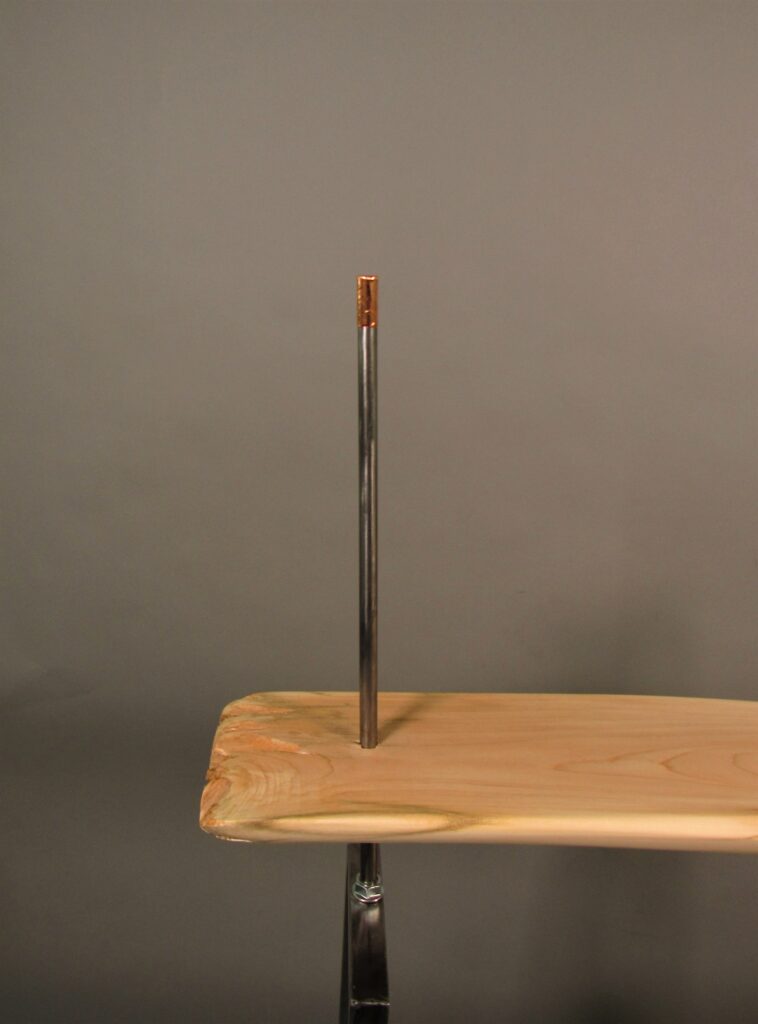
Ostrea
Noun. Os·trea. ˈästrēə : the type genus of the family Ostreidae (Oyster).
- Ostrea is a lamp made from oyster shells from along the Vancouver coastline.
- Oyster shells, which can be found in an over abundance along the Coast, are illuminated to reveal the intricacies of these beings from within.
- The lamp’s metallic structure is made out of copper wire, copper tape, and various copper notions. The use of the metal pieces aims to highlight the increase in toxic heavy metals found within a majority of all crustaceous beings.
- The base was found abandoned in an alley close to the beach, attached to a broken lamp, sharing in the sentiment of the discarded.
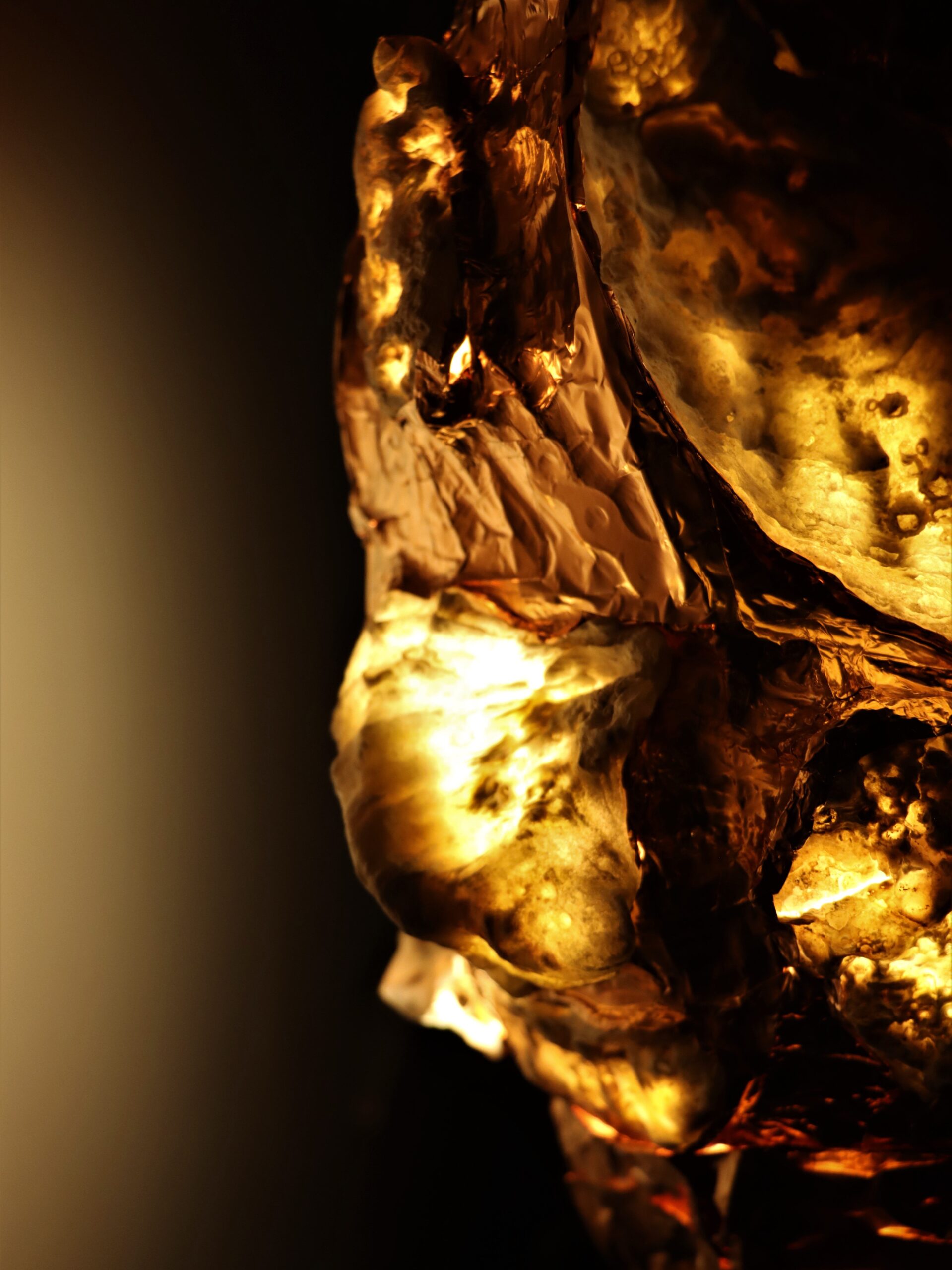
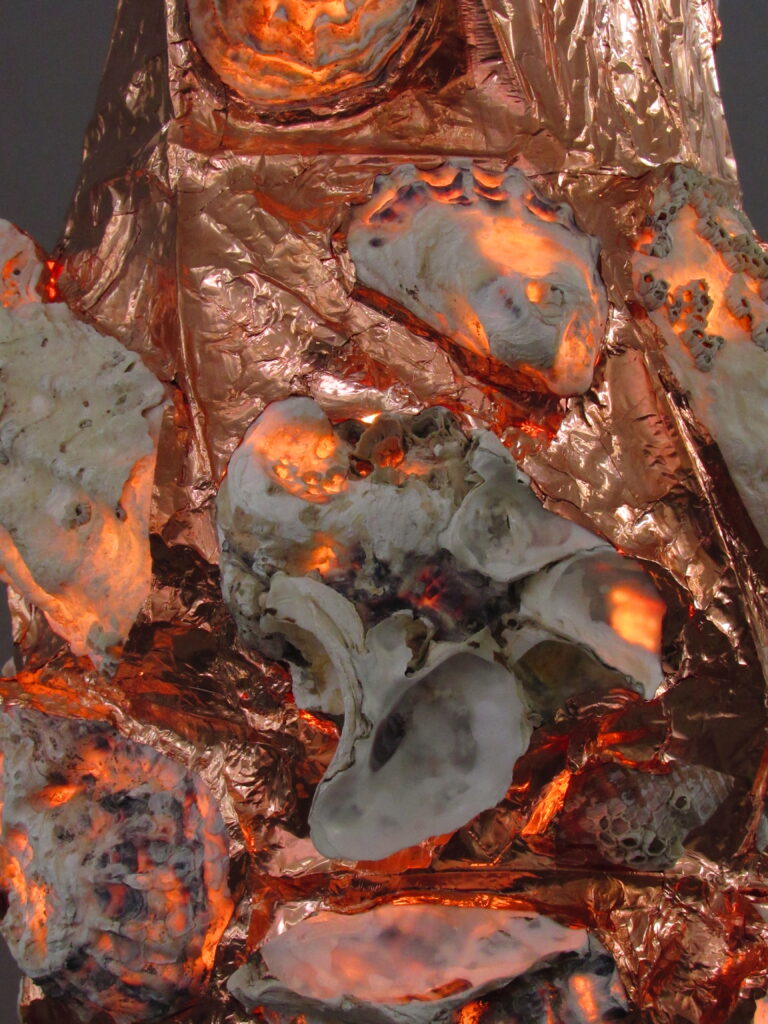
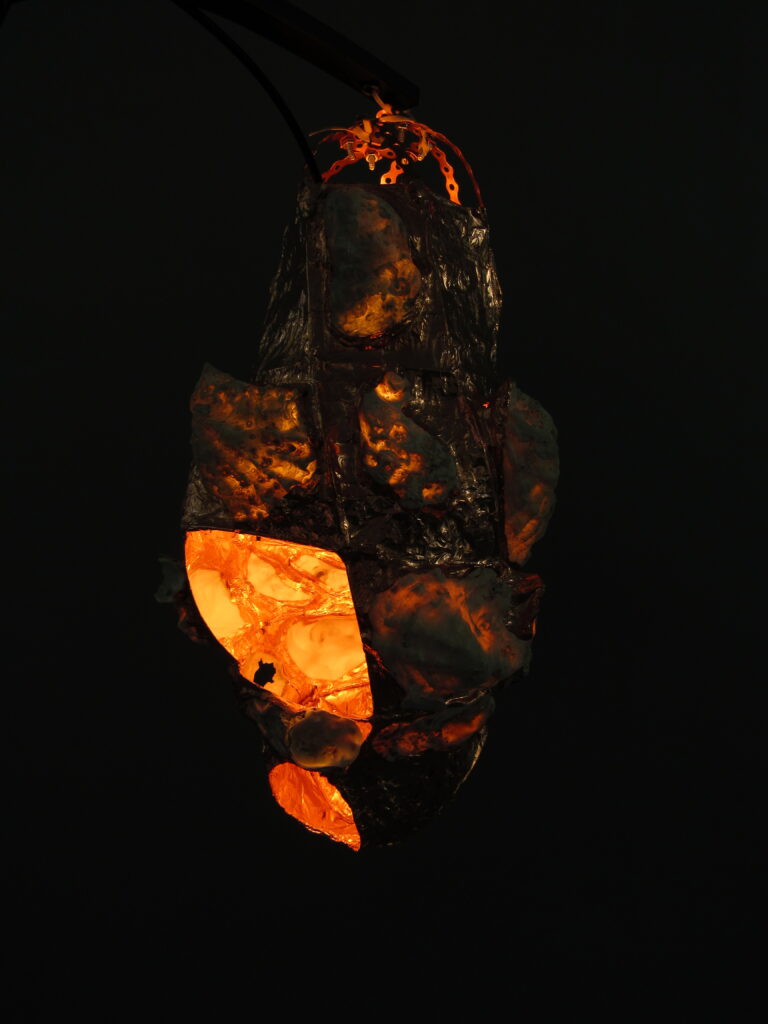

Wonder/Wander
- What started as wandering the shores of Vancouver’s not so hidden beaches, marveling in the beauty of our natures spaces.
- Finding moments of life within the trees, waters, and sand. As well as moments of death and decay.
- Soon turned to noticing how humans interact with the environment around them.
- Experiencing these moments has allowed me to see the Coast in a way that has brought me closer to the natural world.
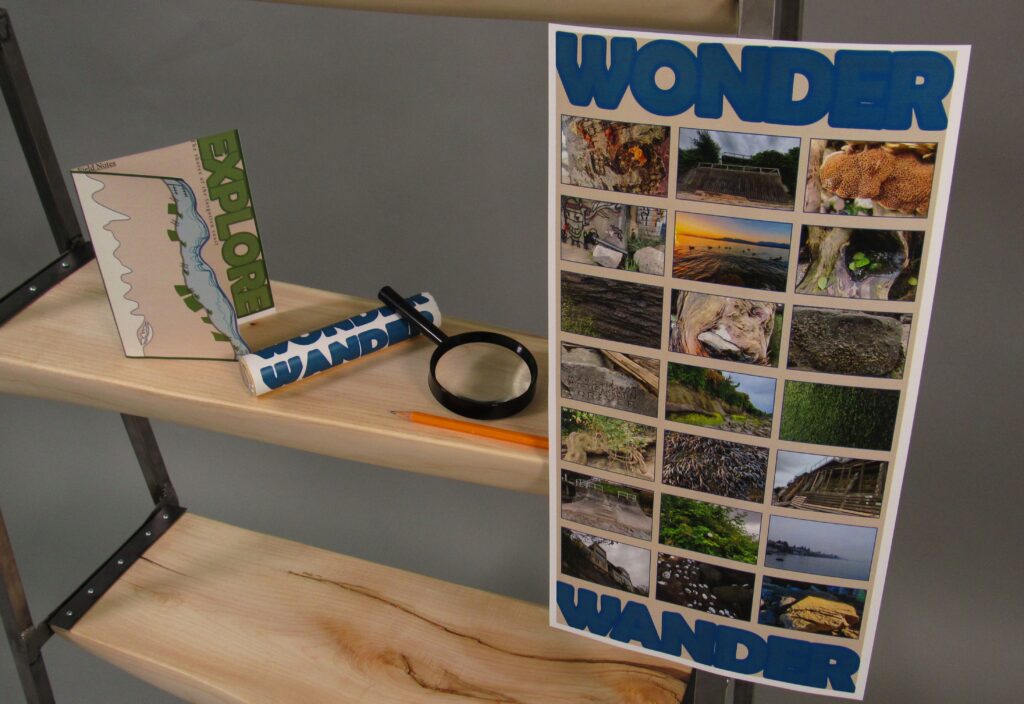
Wonder/Wander works to share found and accumulated knowledge. Displaying these moments through photography, community, and the exploration of its beings. While working to inform people of the experiences of coastal spaces.
- Wonder/Wander is a way to experience the Coast that allows for critique of environmental disruption, and a way for humans to take a moment to consider the beings of the Coast.
- With prompts to create a connection with the more than human, W/W lets participants interact with natural spaces on the shores and off.
- Thus allowing those with alternate physical abilities to experience natural spaces that are often not accessible.
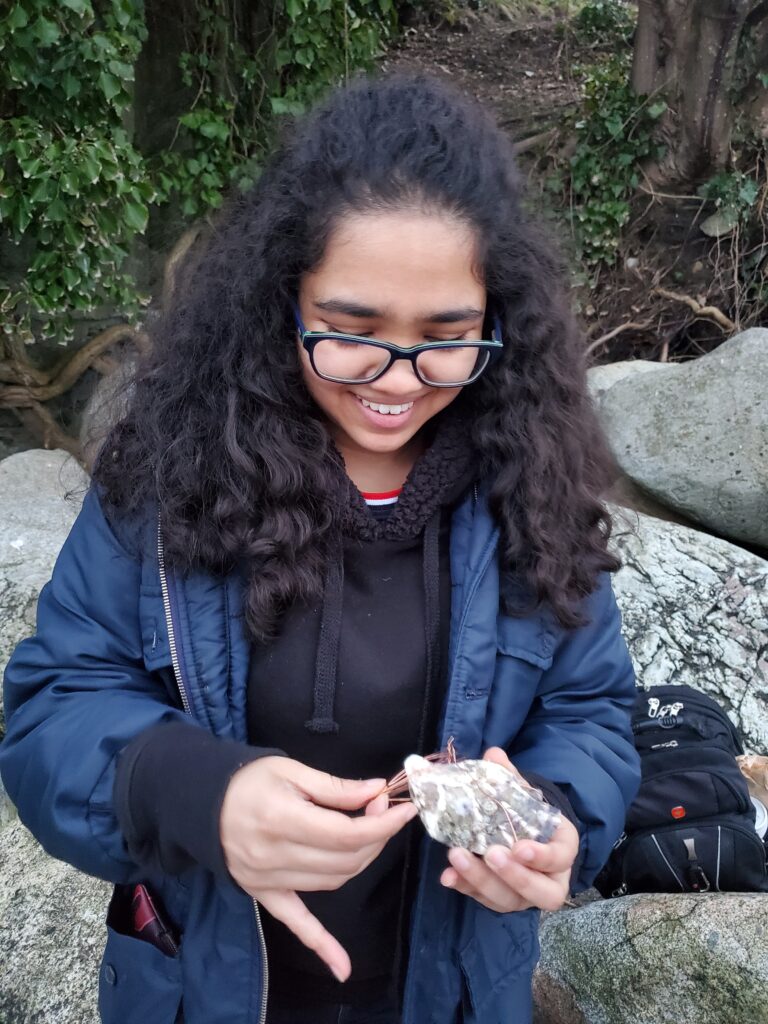
- I held workshops where we used copper wiring to wrap shells and various other found objects to create a closer connection to the beings of the Coast.
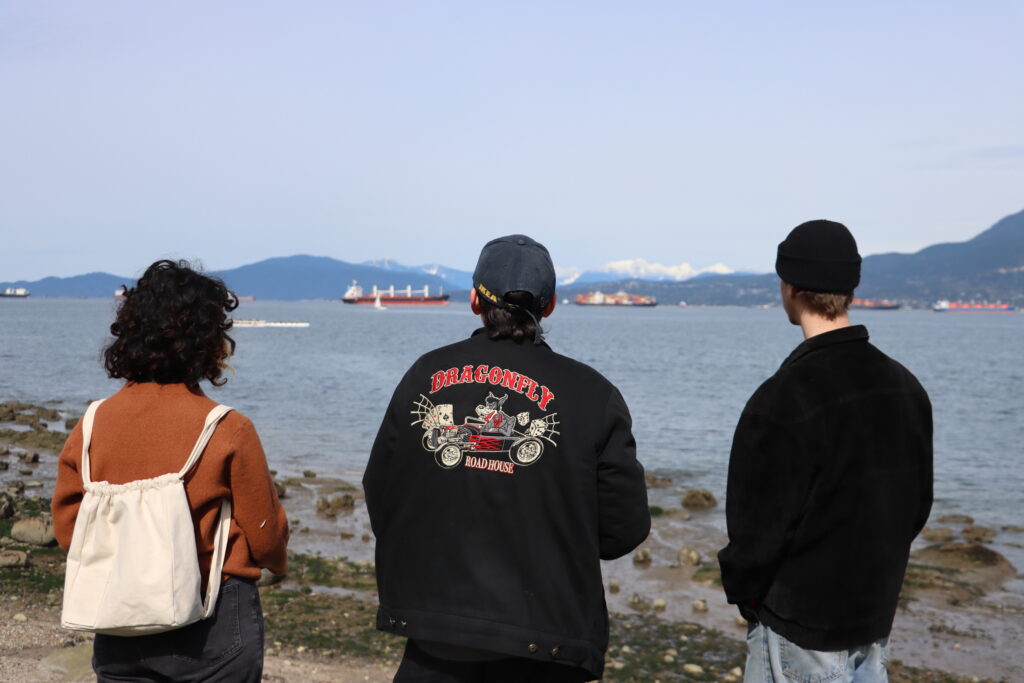
- By bringing people to the Coast I have been able to share the knowledge that I have accumulate over the last decades.
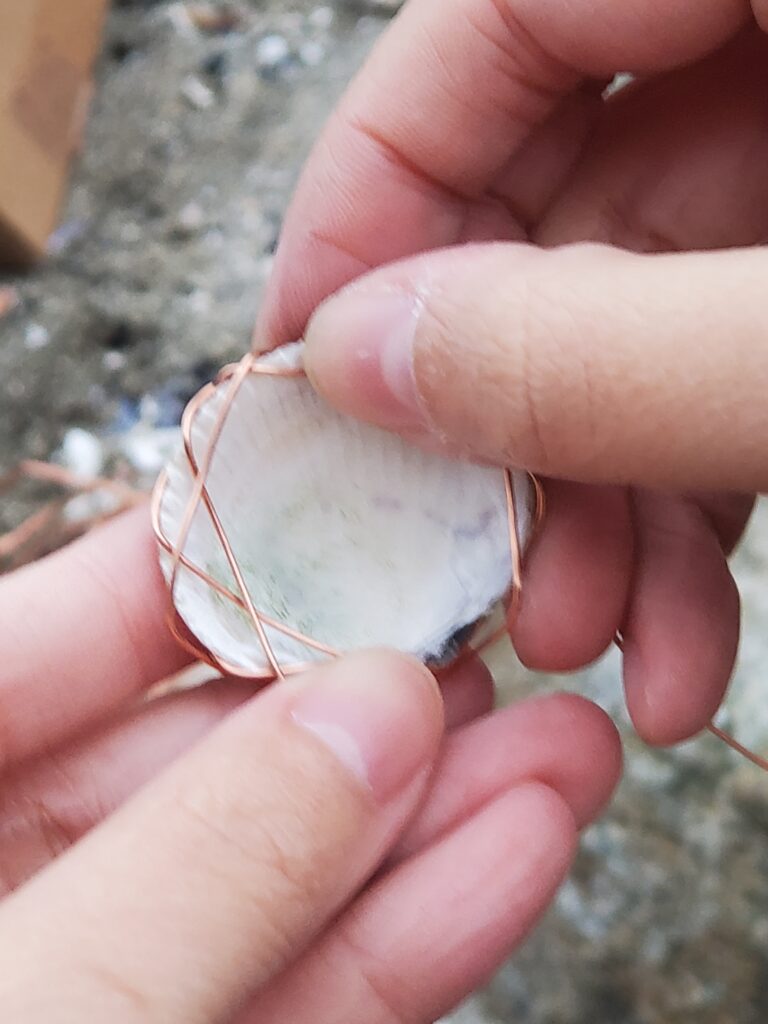
To facilitate community and the exchange of knowledge.
Where we can observe together,
while making space and learning accessible.
